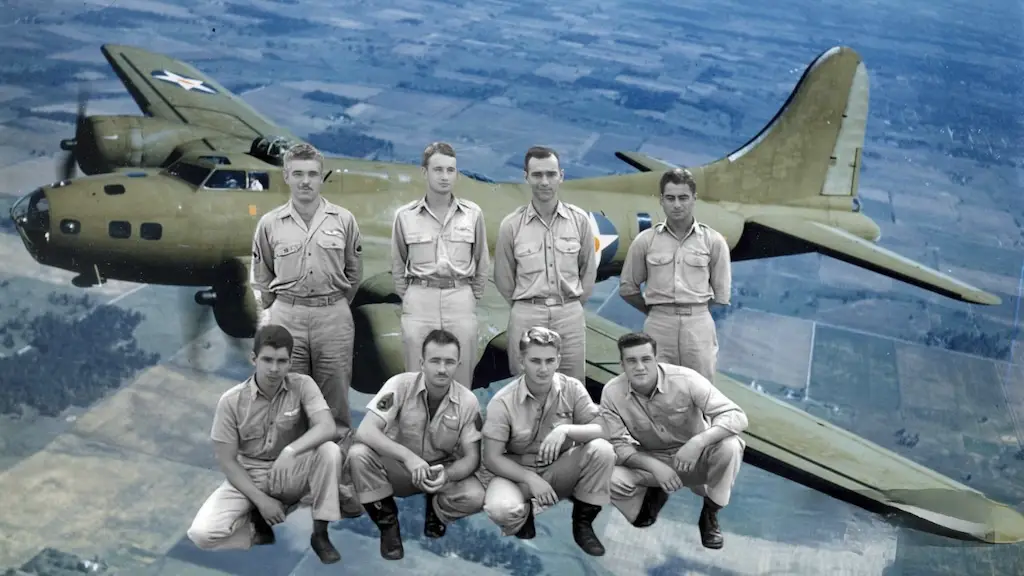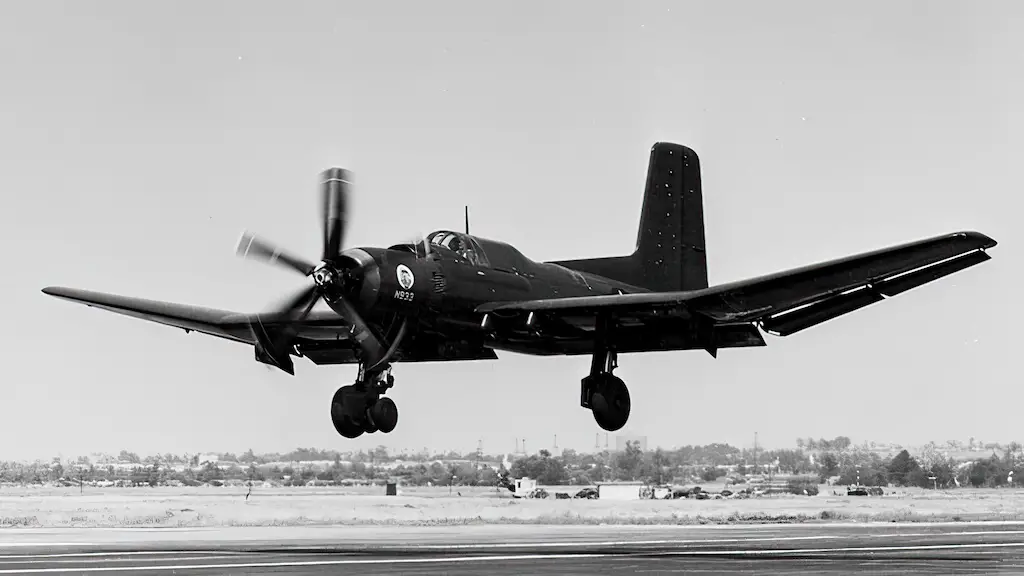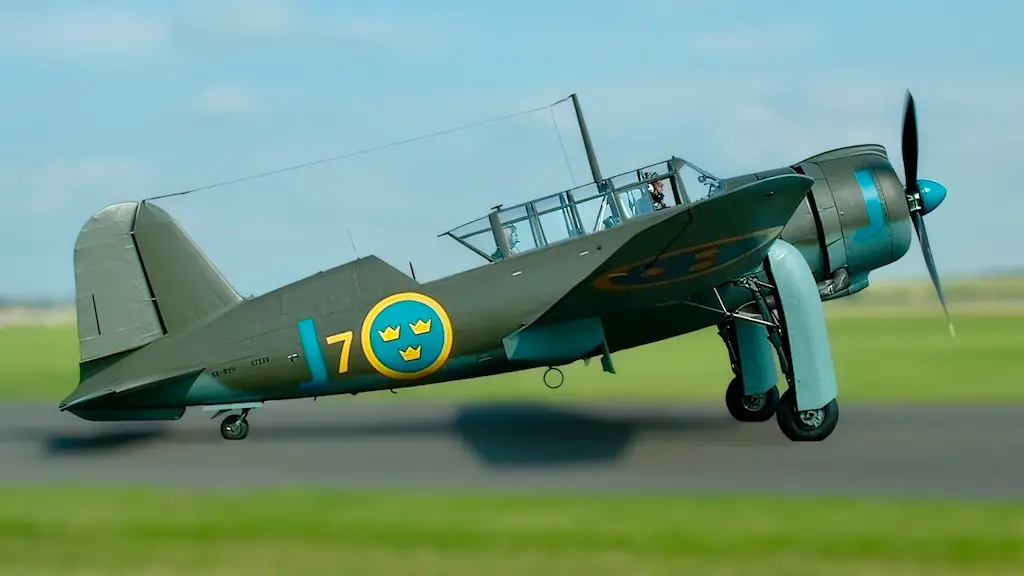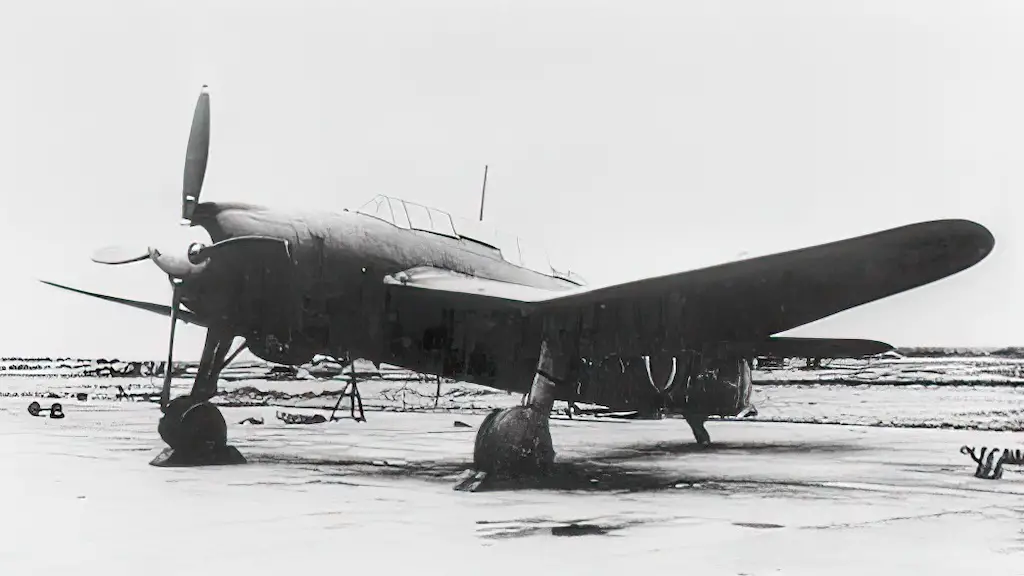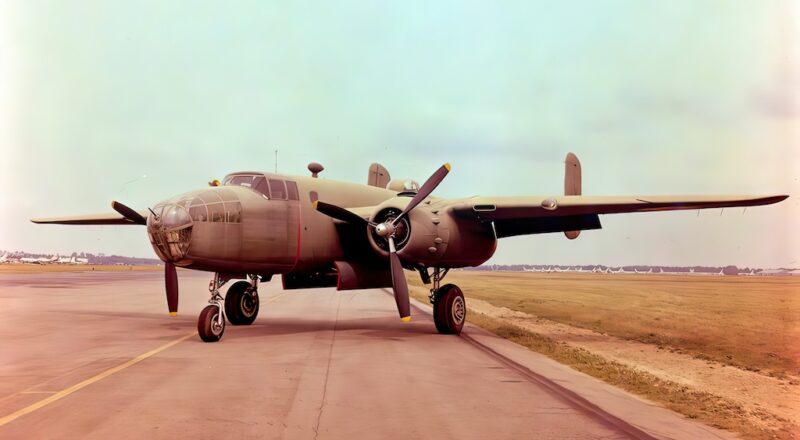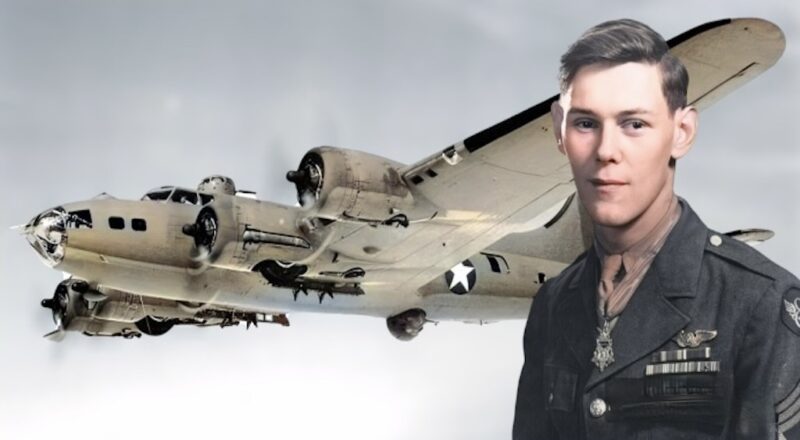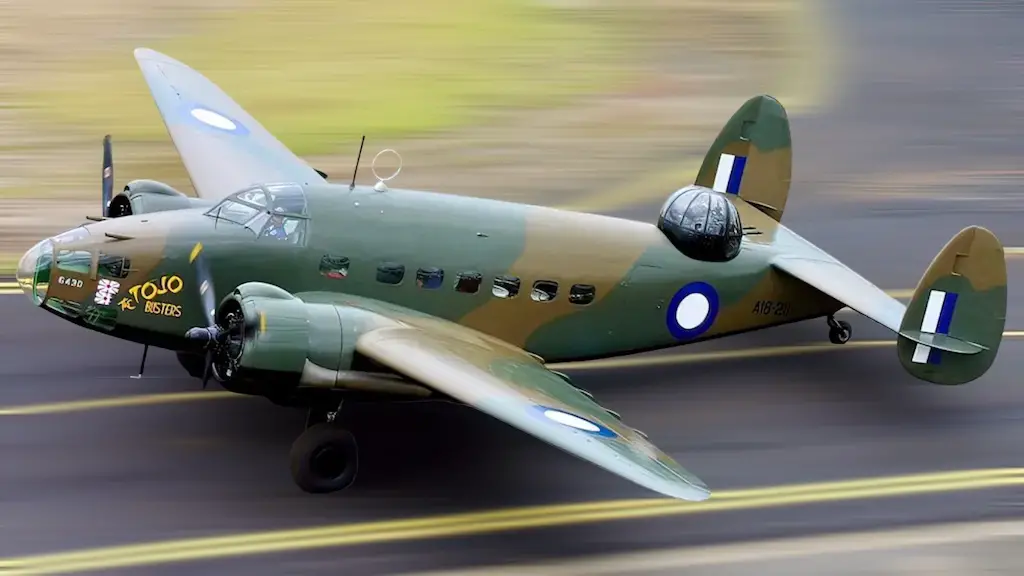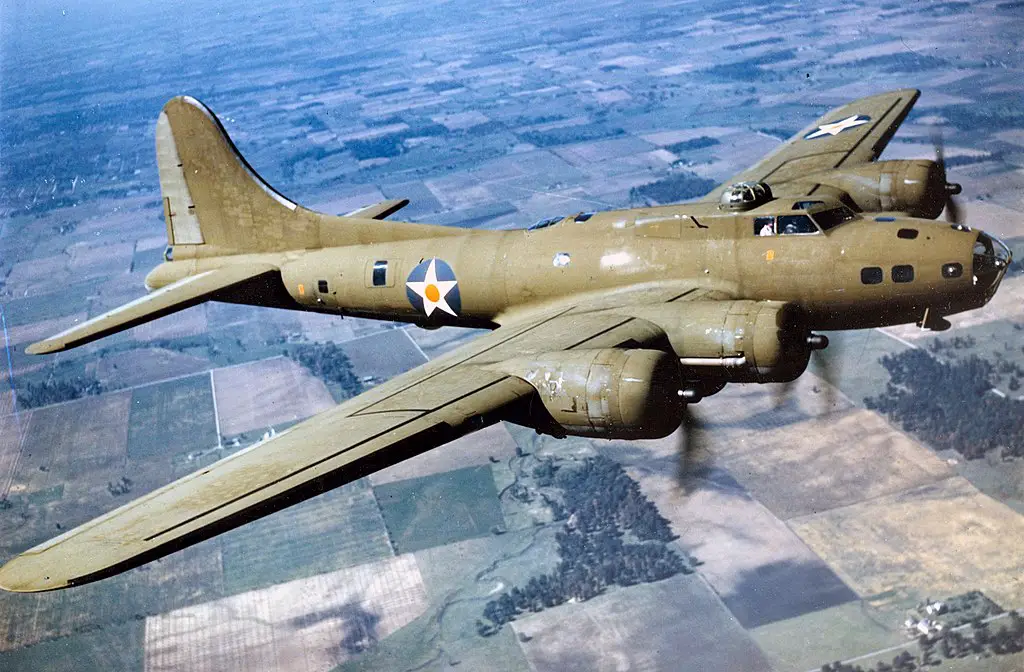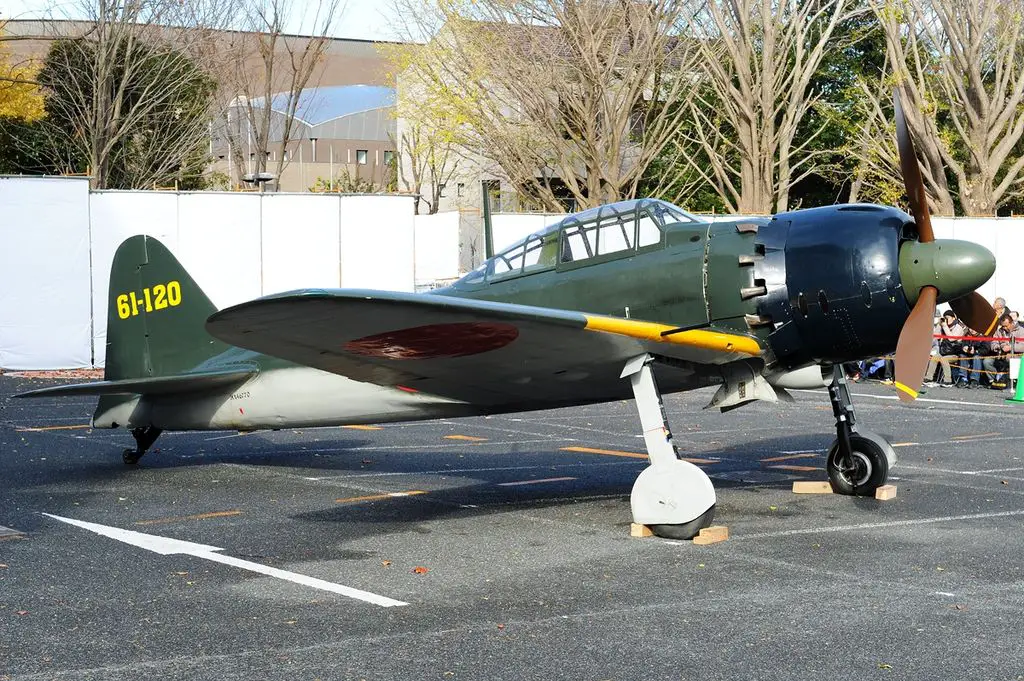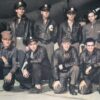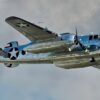The Number of the Beast
It was a typical day on June 16, 1943, as the Boeing B-17E, later revered as Old 666, glided alone over the Solomon Sea. This four-engined leviathan earned its nickname from its tail number, ending in 666. Captain Jay Zeamer Jr., a mere 25-year-old, and his eight crewmen relished a transient calm within their armored bird. Once deemed unworthy and left for cannibalization, Zeamer and his crew transformed this ‘old piece of junk’ into a formidable airborne beast. It became the Pacific theater’s most heavily armed bomber.
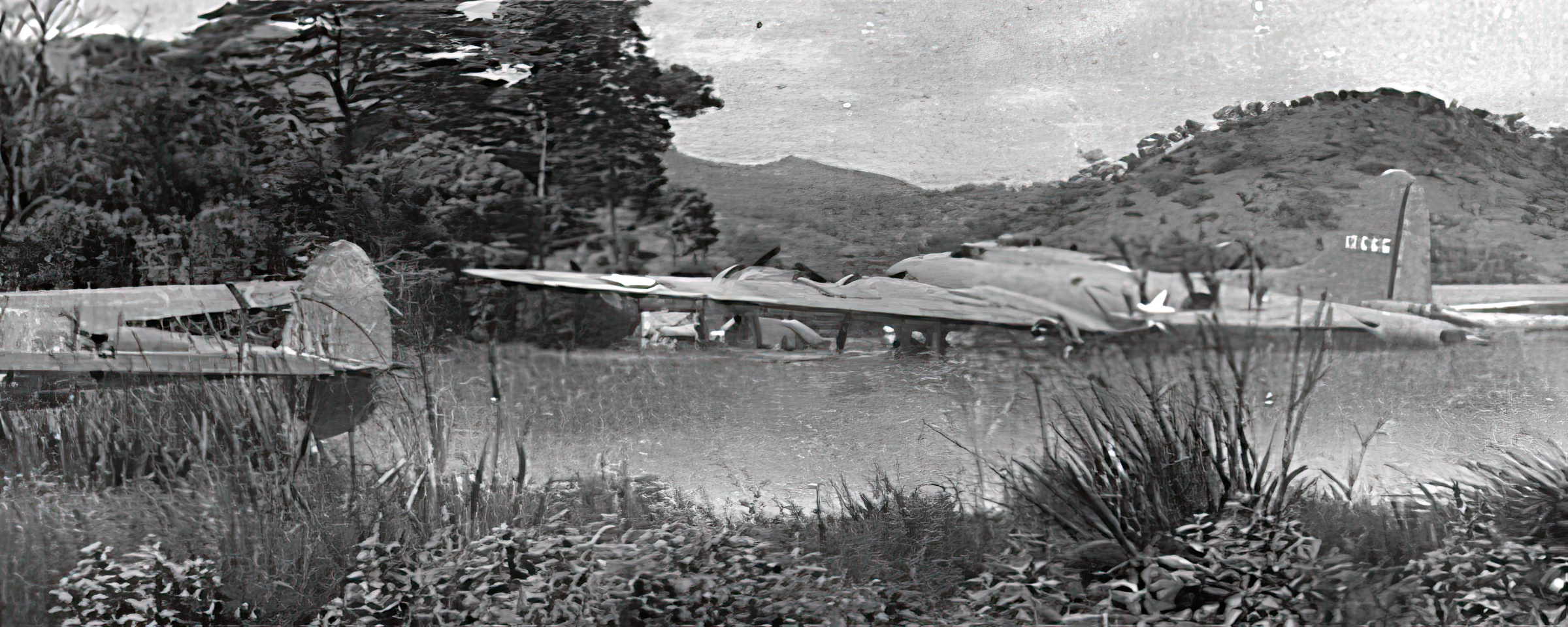
The Transformation
Zeamer and his crew, recognizing the potential in the old frame of the B-17E, decided to take the bomber under their wing, literally. The first order of business was to significantly up-gun the aircraft. Typically, a B-17 would be outfitted with defensive armaments consisting of .50 caliber M2 Browning machine guns. However, Zeamer and his crew exponentially increased the firepower of Old 666.
They equipped it with a total of 19 guns, far more than any standard B-17. This included additional .50 caliber machine guns placed in every possible position: the nose, tail, top, ball, and waist positions. The idea was to make Old 666 a flying fortress in the truest sense, capable of delivering a 360-degree field of fire. This turned the aircraft into a deadly adversary for any enemy fighter plane that dared to approach.
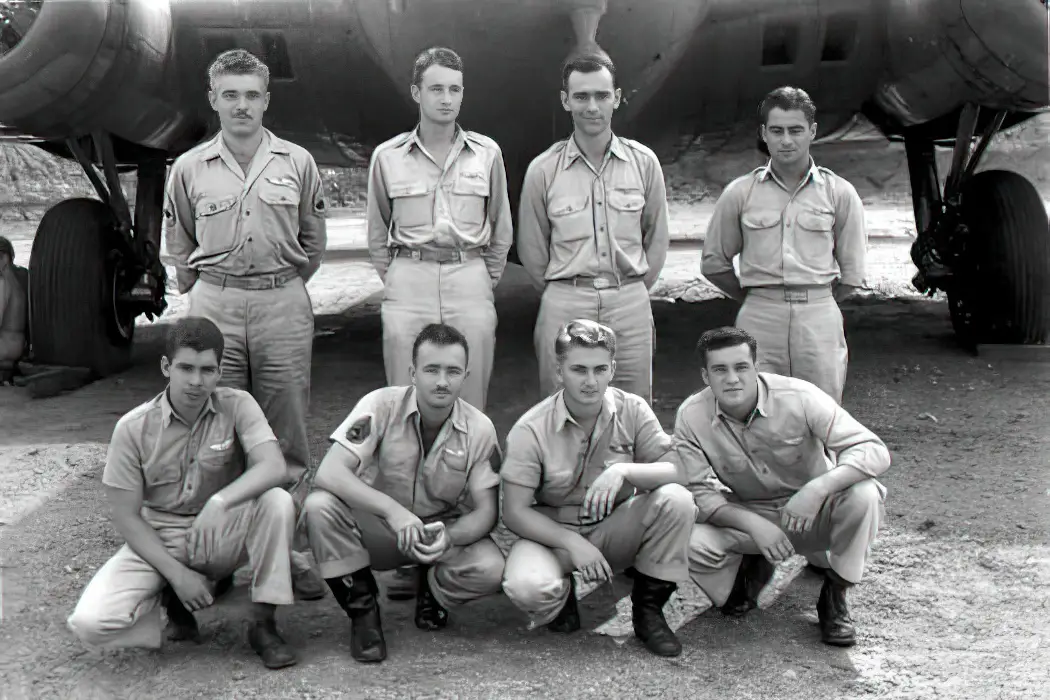
MORE GUNS!
Beyond just adding more guns, Zeamer made several unique modifications to Old 666. These modifications weren’t typical refurbishments you’d find in any aircraft manual or military ordinance. They were ingenious, on-the-fly adaptations made by the crew, who understood that survival in the air relied on firepower, speed, and resilience.
One significant modification was the custom installation of a 50-caliber machine gun for the pilot, Captain Zeamer himself. This was virtually unheard of for heavy bombers of the time, as pilots were typically preoccupied with flying the aircraft. However, Zeamer wanted to ensure that he could directly engage with enemy fighters, making Old 666 one of the few bombers where the pilot could actively participate in offensive gunfights.The crew also reinforced various parts of the aircraft’s body and vital systems, ensuring that it could withstand heavy damage and still stay airborne. They focused on enhancing the armor around the cockpit and critical systems, understanding that these were the lifelines for their missions.
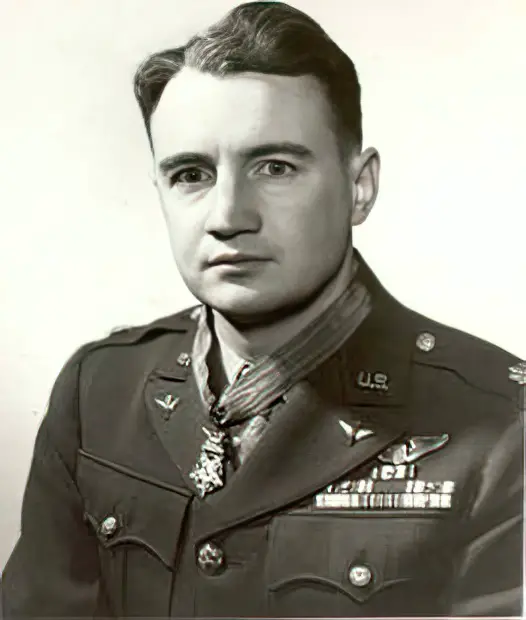
A Lone Endeavor Over Bougainville
Their task was daring—a solo mapping mission over the perilous Bougainville, with no escorts or formation, just their guts and trust in each other. Command also added a twist: a pass over the heavily guarded Buca Island. As they approached, a swarm of A6M Zeros took off, a grim welcome from the island’s air defenders.
As the enemy fighters closed in, Old 666’s disguised firepower was their ace. The crew, now armed with an overwhelming number of guns, transformed the B-17 into a 19-gun flying fortress. The Japanese pilots circled, unaware of the deadly surprise waiting. The ensuing battle was fierce, with Captain Zeamer downing a Zero himself before a barrage of enemy fire riddled the cockpit, gravely injuring him and Second Lieutenant Joseph Sarnoski.
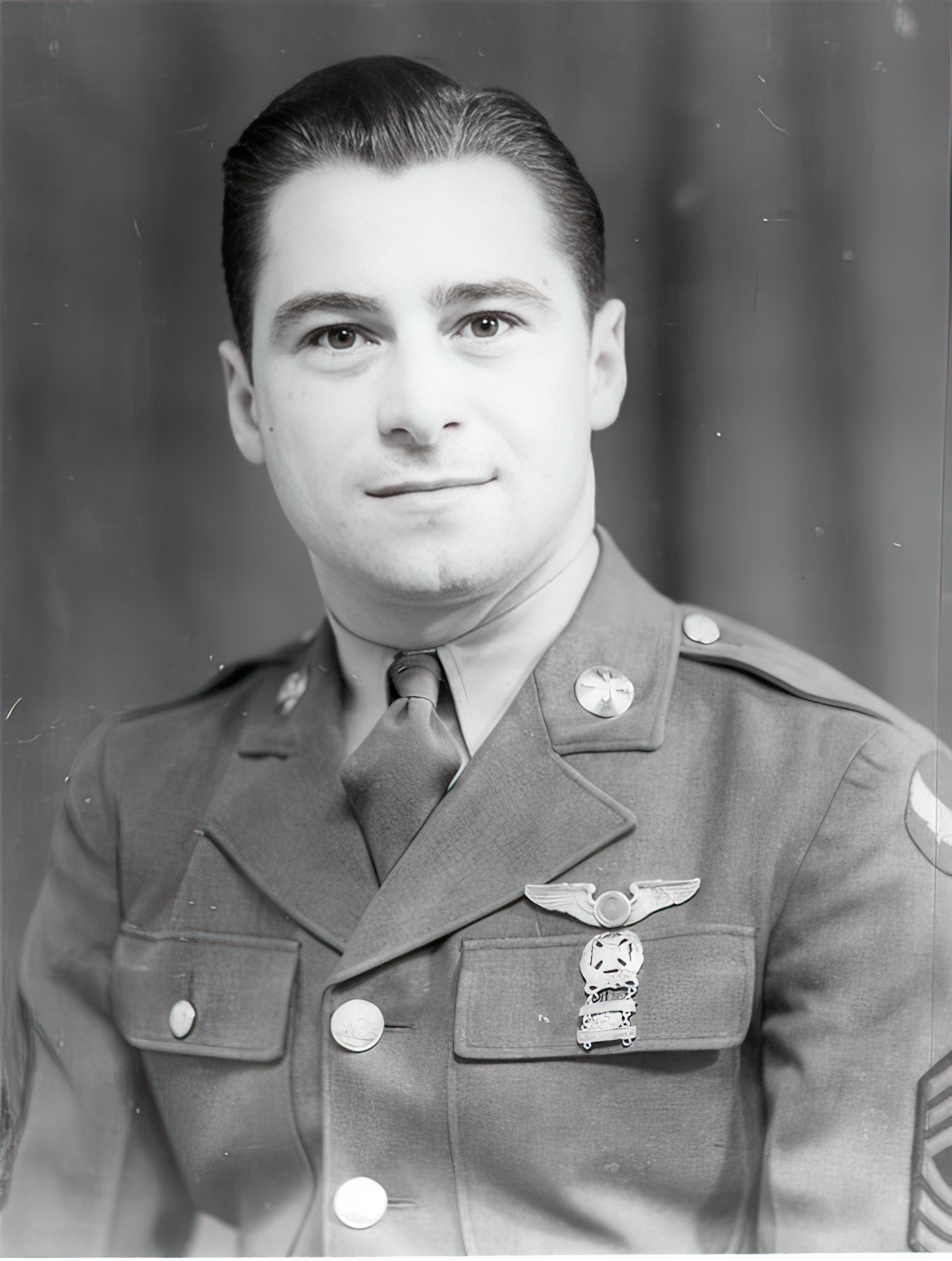
Unyielding Courage
Despite his critical injuries, Sarnoski displayed unparalleled bravery. He crawled back to his station, taking down another enemy aircraft before succumbing to his wounds. Zeamer, too, refused to give in, despite his severe injuries and the destruction of vital controls. The crew continued their desperate defense, a symphony of gunshots and determination against the relentless Zeros.
After what seemed an eternity of battle, with their bomber torn and battered, they made a grueling journey back to New Guinea. The landing was nothing short of a miracle, with the aircraft more akin to a floating wreck than a plane. The ground crew rushed to assist, uncovering the devastating aftermath within the cockpit. Zeamer, initially thought dead, clung to life, embodying the unbreakable spirit of Old 666.
The mission’s aftermath was somber, with six crewmen lost, but the bravery didn’t go unrecognized. Both Zeamer and Sarnoski posthumously received the Medal of Honor, while the rest were honored with Distinguished Service Crosses. The legend of Old 666, a battered bomber turned icon of resilience, continued to inspire long after its rumored final resting place in a New Mexico scrapyard.

